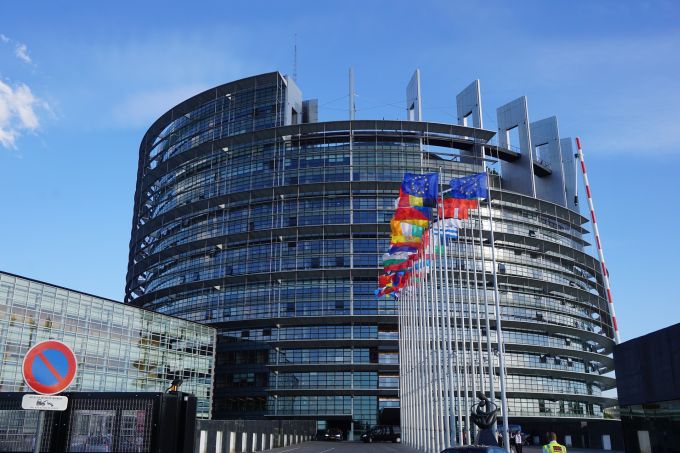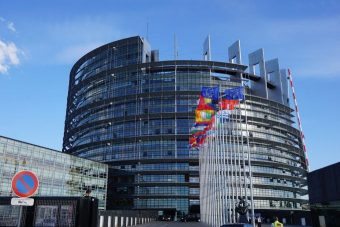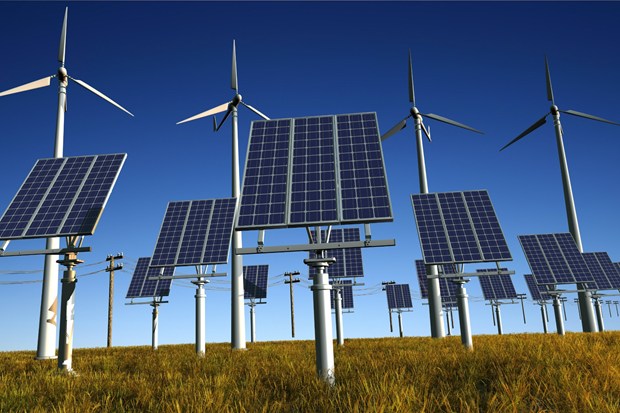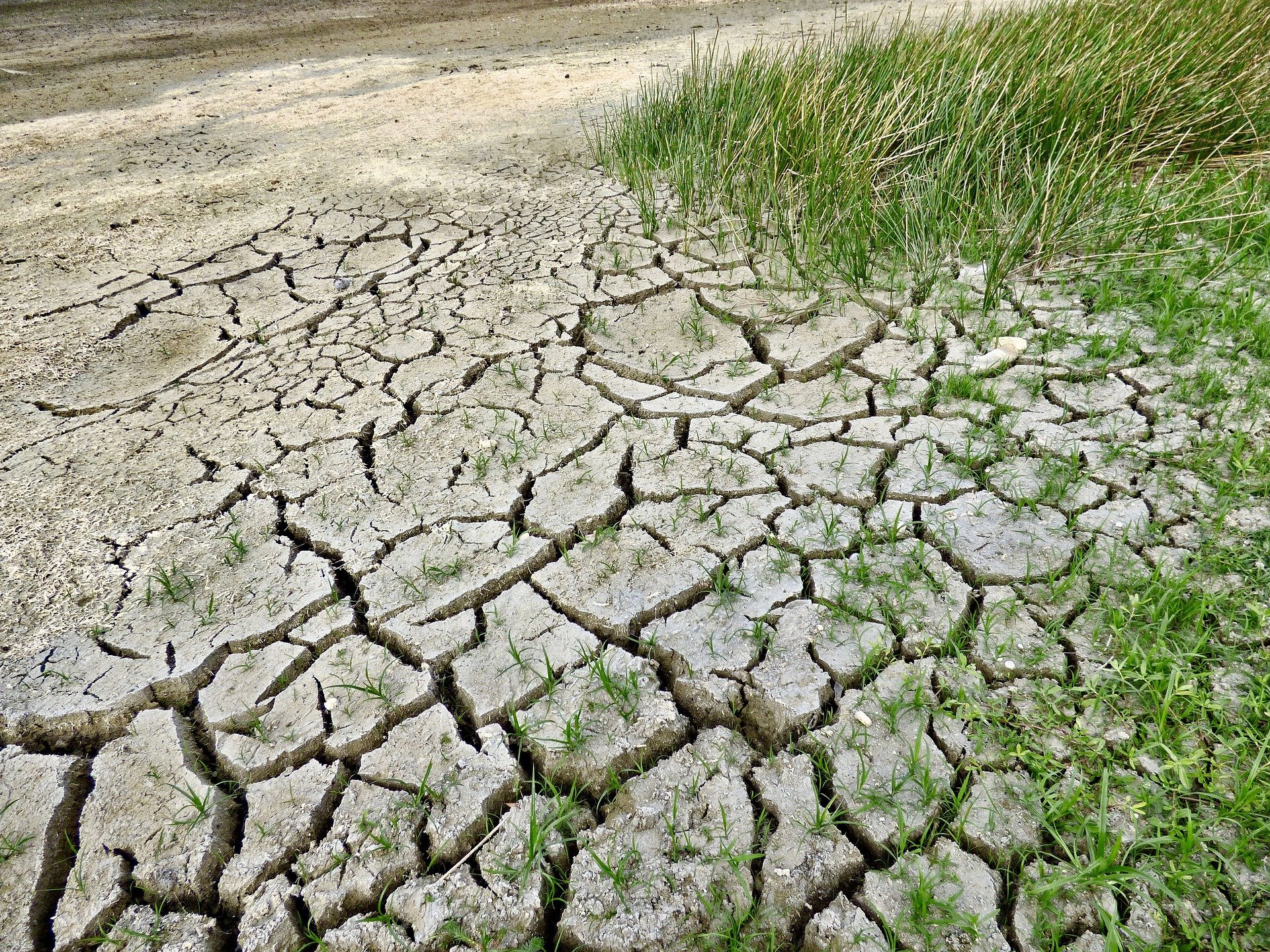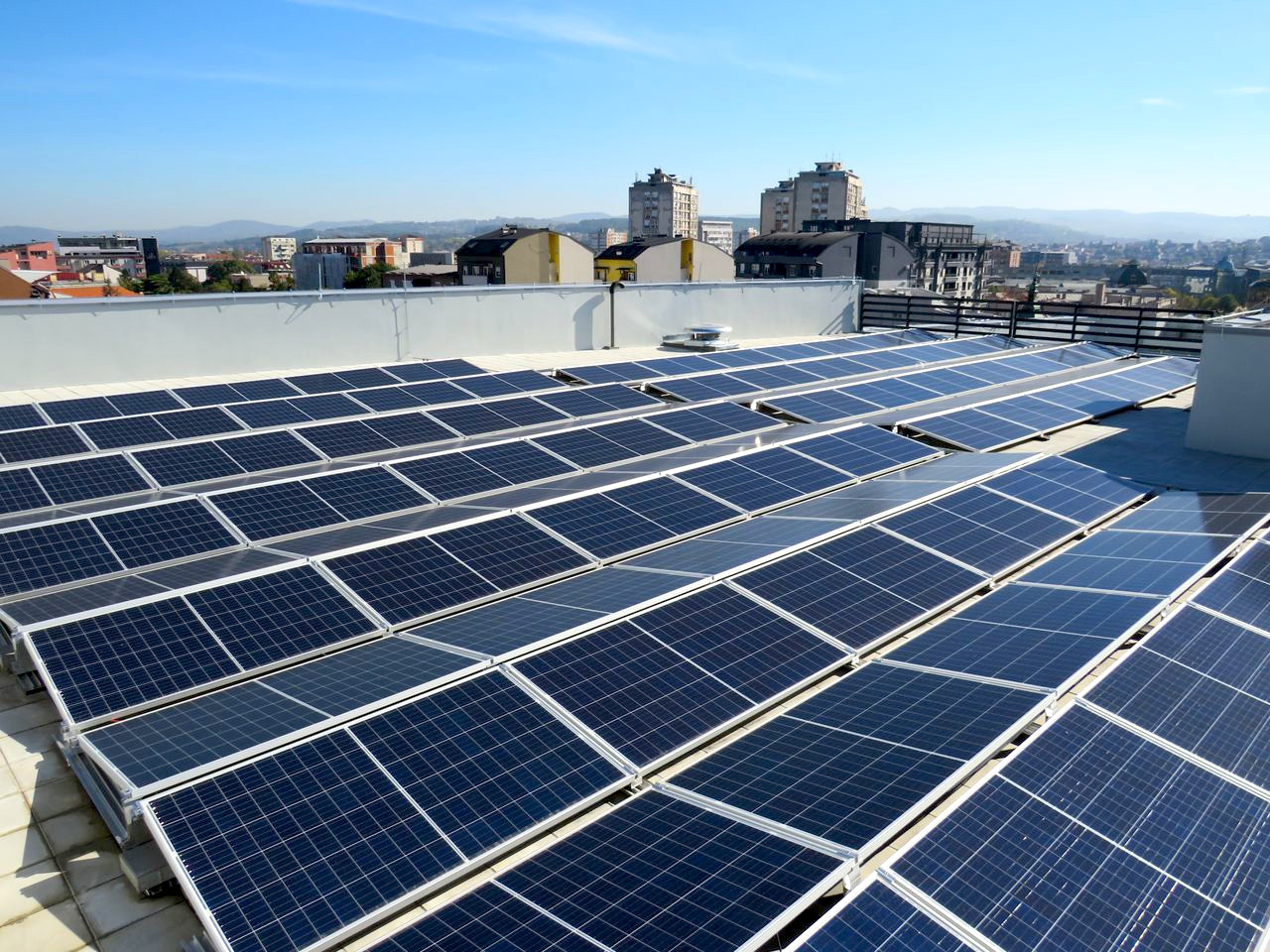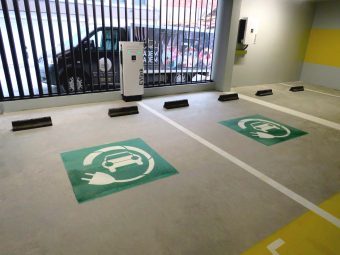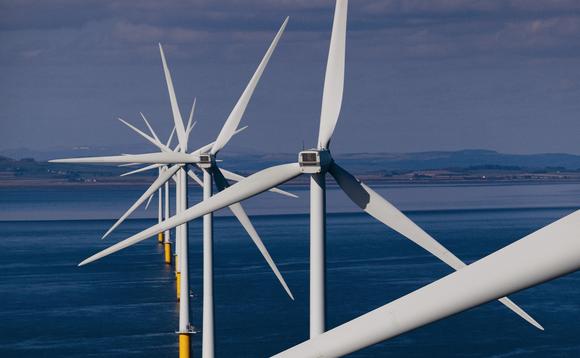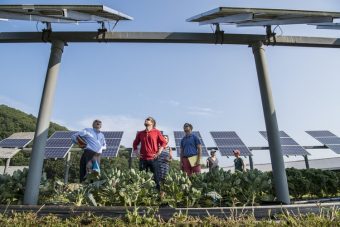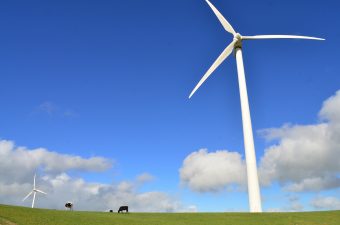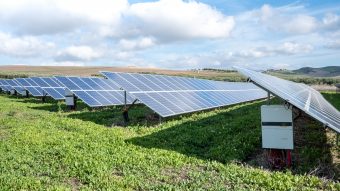But, in a session at the World Economic Forum’s Global Technology Governance Summit, Serbian Prime Minister Ana Brnabić gave an example of how going virtual can have a real-world impact.
Saving paper, trees, water and electricity
Brnabić explained how digitalization has become central to everything the country’s government is trying to achieve.
This has included a shift to e-governance in order to make government ‘fully citizen-centric’, she explained. But the benefits have extended beyond efficiency and increased transparency.
Since the introduction of electronic services began on 1 June, 2017, the government has saved more than 180 million pieces of A4 paper, Brnabić told the Leading Industry Transformation session.
“That means we’ve saved 900 tonnes of paper, which is 18,000 trees, which is more than 76 million litres of water, which is more than 6,000 megawatt hours of electricity“, she explained.
More:
And that’s just ‘small Serbia‘, she adds. Imagine what would happen, and the impact on the planet, if larger countries followed suit.
This focus on digitalization also helped the country navigate the challenges of the COVID-19 pandemic – with education a particular success story as children were able to switch to online learning.
The energy implications of data
Of course, shifting paperwork online isn’t without its own environmental concerns.
Pre-pandemic research suggests that data centres use an estimated 200 terawatt hours of energy each year – just 1 percent of global electricity demand, but more than the energy consumption of some countries. And, this usage is only set to increase. One model suggests that electricity use by ICT could exceed 20 percent of the global total by the end of the decade.
But, organizations like Amazon Web Services and Facebook are working to improve the sustainability of their data centres, including increased use of renewable energy to power them.
So, e-governance might not only be more convenient and efficient, it could also help you save the planet, one sheet of A4 at a time.
Source: World Economic Forum







